Greenkeepers have already started to see bumblebee activity, as one of the first signs of spring. Despite all the problems of rain and flooding over the winter, the relatively mild temperatures have seen queen bees emerging and starting the process of building a new colony for the coming season.
We asked you to send in some pictures of bee activity on the course. It is a timely opportunity to record and champion the great work being done by greenkeepers and their Clubs across the country to help bumblebees and pollinating insects. It is also a powerful demonstration of the contribution that golf courses make to the biodiversity and ecology of the countryside.
See below for some of the entries:
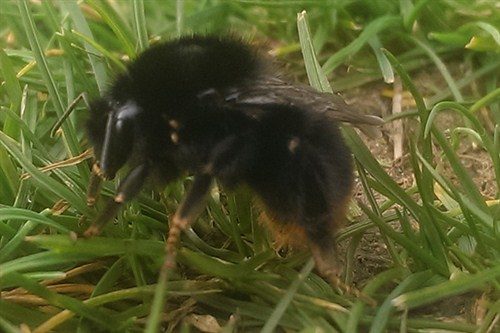
|
Steve Thompson of John O'Gaunt Golf Club in Bedfordshire, and one of the leading exponents of Operation Pollinator, spotted what is believed to be a Red Tailed Bumblebee (Bombus lapidarius) on the first fairway. The size of the bee is a clear indication that it is a Queen on one of her first forays. She will be looking for a suitable site to create her summer nest - which will be different from her over winter accommodation. Firstly, she needs high energy nectar from flowers, to quickly build up her body reserves. Then she will turn to gathering pollen, to build into wax cells in the nest and lay eggs that will develop into workers. Both wildflowers and, especially at the moment, early flowering shrubs provide this crucial pollen and nectar sources. |
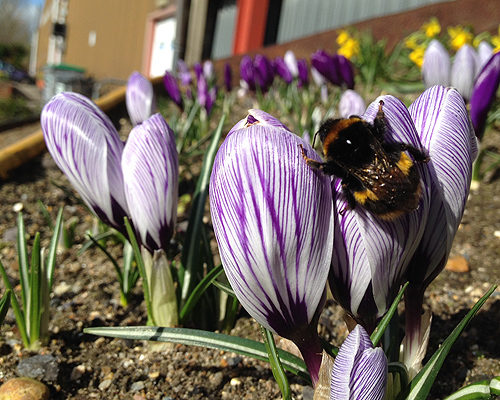
|
Peter Dawson, Course Manager at South Essex Golf Centre sent in this lovely picture of what is believed to be a Buff Tailed Bumblebee (Bombus terrestris). It highlights that bumblebees will search out pollen and nectar food sources from many flower species - not just the wildflower areas. This one is a large queen that will make the characteristic deep drone buzzing as she moves around. Anyone arriving at the clubhouse will immediately be struck that it is a club that cares about the environment. One of the key points about Operation Pollinator habitat creation is that it can provide the all-important safe haven sites for over winter nesting, from which the bumblebees and other pollinating insects can emerge in spring to seek out flowers and early food. |
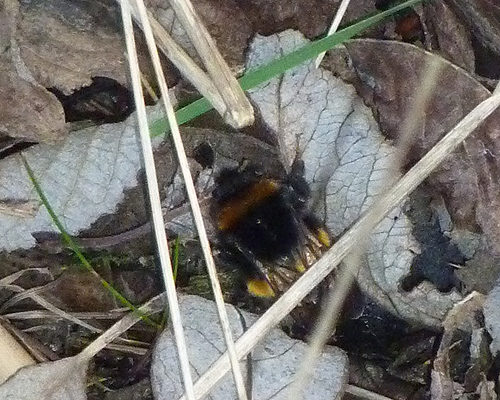
|
At Boston West Golf Club in Lincolnshire, Head Greenkeeper, Richard Owens, reported bumblebees buzzing around at the end of February. This one, believed to be a White-tailed Bumblebee (Bombus locurum) most likely emerged from her underground nest on the course, where he has made efforts to create wildflower habitats attractive to both bees and players. Earlier this year Richard was awarded the title of Conservation Greenkeeper of the Year in the STRI Environment Awards: "I was thrilled to be nominated for the award, but to wake up the following morning as the UK's Conservation Greenkeeper of the Year is certainly the highlight of my career so far. To say I'm proud is an understatement! "It is clear to see that our natural world can, and is, thriving alongside the day to day activities of a golf club." Some of the attractive wildflower areas around the Boston West course can be seen in the pictures below. |
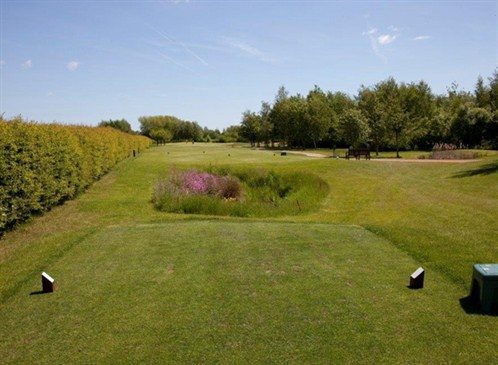
|
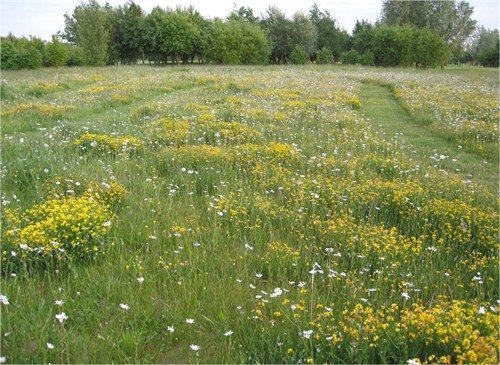
|
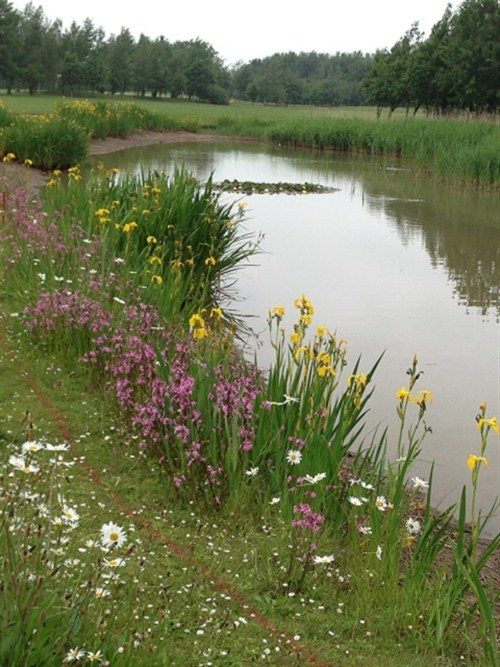
|
If you have any further pictures of bumblebee activity - or other intersting wildlife and ecology - around the course, please email them and your details to: caroline.carroll@syngenta.com
